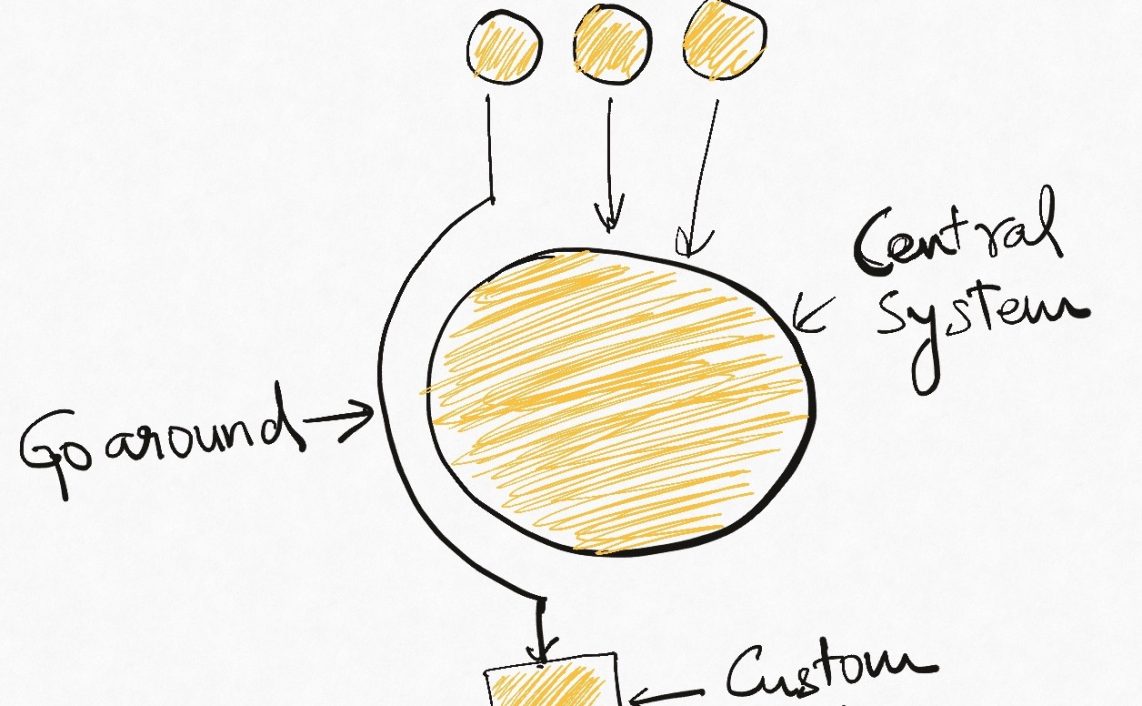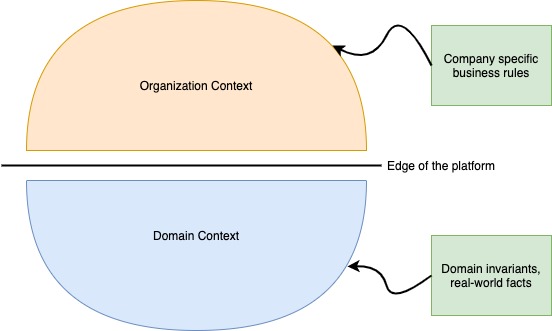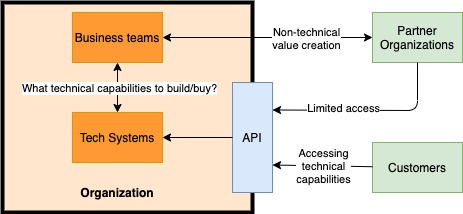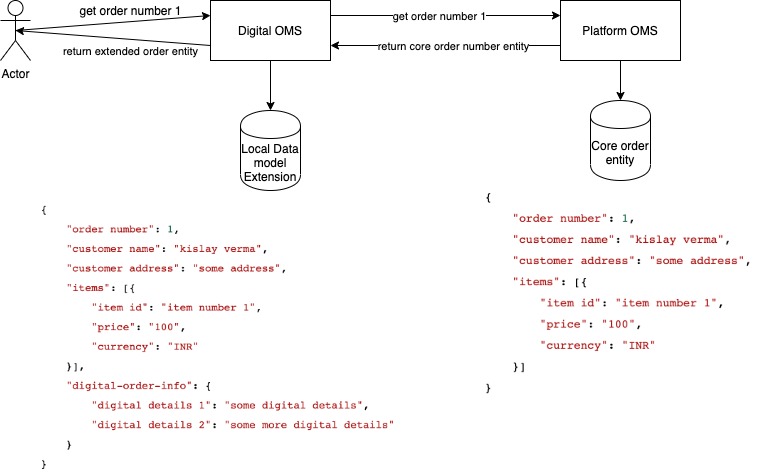In my previous post, I discussed what a platform and how it is different from a product or a service. Today I want to talk about the reason why a company should look at building a platform.
Before we get into the why’s, I want to clarify that I am talking about technical platforms here. Many people and articles out there confuse this with bi-directional marketplaces (Amazon, Uber) or other products with network effects. These are not the same things.
Platforms are identified by their multi-faceted application. Airbnb today is unlikely to be used for anything other than renting homes. It may have a compelling network effect and may grow faster and faster as more home-owners (supply) and vacationers (demand) sign-up, but it is unlikely to venture into say, travel bookings, very easily. Similar is the case with Amazon.com. It is a platform only in business-speak (as in “you can discover hundreds of sellers and millions of customers on our platform”). Amazon has built a platform internally, but the website/app remains a product built on top of the platform. So there may be overlaps and arguments here, but we should identify that there is a difference.
The Law of Conservation of Attractive Profits
Clayton Christensen’s book “The Innovator’s Solution” coined the term “Law of conservation of attractive profits”. A good discussion of this can be found here. It offers good insight into the question of platforms by saying that value creation happens when people re-arrange the existing economic systems and processes into ways that are more and more beneficial to them.
When a product is not “good enough” or in its infancy, Prof. Christensen says, value is created by having an integrated, locked-in technology stack that is highly optimized for specific purposes. If you don’t do this, the overheads caused by generalization will prevent the product from getting better fast enough and hold it back from getting more customers and climbing the value chain.
However, as the product and its performance get better and better and it becomes good enough, there is no further value in increasing its performance or other already existing qualities because the customers already find it good enough and will not pay premiums for further improvement of the same capabilities. This is called “commoditization”. The focus of value creation now shifts outside the product and towards the surrounding eco-system. Allowing the product to integrate with external services and offerings evolves your product in completely new dimensions which customers may find attractive. To do this, however, you need to open up your product stack in such a way as to allow interoperability with external systems. In other words, you have to start platformizing your product.
Even now there are multiple levels that we can go to. We can:
- Open up our product just enough to integrate against some external services.
- Open it a little more and allow any outsiders to interact with us in well-defined ways that serve our core product.
- Go all out and open up the entire set of capabilities and start using them as outsiders.
The first option offers minimal incremental value as you can only do what you can think of. The second option offers more benefits as your ecosystem can now contribute to your product. The third option, of course, is what keeps the internet and VCs abuzz and offers potentially new business opportunities beyond the existing product.
Since the rewards are in increasing order of options, the cost of achieving them is obviously in the reverse order. i.e. Enhancing a product just enough to integrate against some external services (adding “social” offerings etc) is relatively cheap and risk-free. Opening up the product so that others can integrate over standard protocols and interfaces (e.g. offering webhooks or APIs) is a more time-consuming thing and might involve significant changes to the product design. The last option demands a complete change in the organization’s mindset and is very difficult to pull off and potentially fatal to the organization if not executed properly.
When should a company build platforms?
I really like the “good enough” argument as a rule of thumb for deciding whether you should be building a platform or a product. A company should never start out with building platforms, unless of course it is explicitly a company that builds platforms. In the early stages, it should focus on its core customer offering and try to achieve a product-market that eludes so many startups out there. Only when you have a product which customer demonstrably like (demonstrated via incoming revenue), should you try to explore platform options.What good should you expect from building a platform. There are many articles outside there extolling the virtues of platform, so why not add my own two cents 🙂
Tapping the eco-system
A well-designed platform makes integration with external systems easy to the point of being trivial. And once this has been achieved, we can immediately see how business value is generated at the edges of our platform not by us alone, but by us and our partners in the business eco-system jointly to mutual benefit. The edge of the platform is designed for speed and flexibility to produce new experiences, while the core is designed for stability and re-use.
This allows us to plug-in anywhere in the wider economy and tap opportunities that we previously could not have exploited.
Reduced time to market in changing business landscape
If the business landscape is expected to change very often or have lots of nuanced use-cases, building a platform will give a reduction in time to market as changing business requirement will only a require a fresh re-stitching of platform capabilities rather than complete re-invention of the product. This is, of course, an over-simplification but I can speak from personal experience that the more re have in the way of re-usable business and tech components, the faster an organization can respond to business changes.
Ease of evolution
As discussed before, Platforms enable evolution at the fringes of the existing set of capabilities. More and more capabilities and features can be added to a platform without impacting the existing ones. This is possible because the parts of a platform are not connected or critically dependent on each other (remember the tool-kit analogy). They stand independently and can be strung together as required.As a result, we can add more and more capabilities very easily to a platform. We can even design so that our partners in the industry or users themselves can contribute new capabilities. This is where network effect can start kicking in. The more people can build with us, the more they will build with us (hopefully!).
Uniformity of tools and experience
If you have followed the Golden Rule of Platforms, you are likely going to use your platform to build a variety of products yourself. From a technical perspective, a well designed platform offers capabilities which all have a unified developer and user experience, so it is easy to move from one piece to another, exploring and picking as you like. The end product will have a cohesive feel to it, since the standards followed in the bedrock are the same.
Read Next : How to build a technology platform
If you liked this, subscribe to my weekly newsletter It Depends to read about software engineering and technical leadership









One thought on “Why you should build a platform”